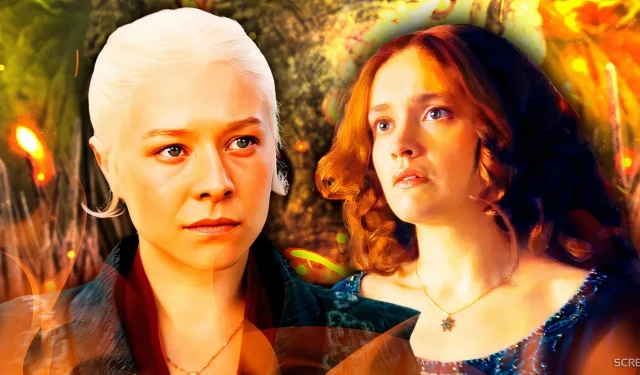
House of the Dragon Season 2 elicited mixed reactions among viewers, marking a significant departure from the high expectations set by its acclaimed first season. Following the successful launch of this Game of Thrones prequel, audiences were eager to dive deeper into the complexities of the Dance of the Dragons. Although the season featured thrilling dragon battles, it ultimately did not meet all expectations.
The pacing of Season 2 felt sluggish at times, and notable deviations from the source material prompted George R.R. Martin to address these concerns in a now-deleted blog post. Furthermore, much of Season 2 served as a setup for the upcoming third season, which is slated for release in 2026. While some criticisms may have been somewhat exaggerated, it is undeniable that the second season faced challenges. However, there is hope that House of the Dragon Season 3 will address these shortcomings effectively.
Impact of King Viserys’ Absence on Season 2
Paddy Considine’s Absence: A Notable Loss
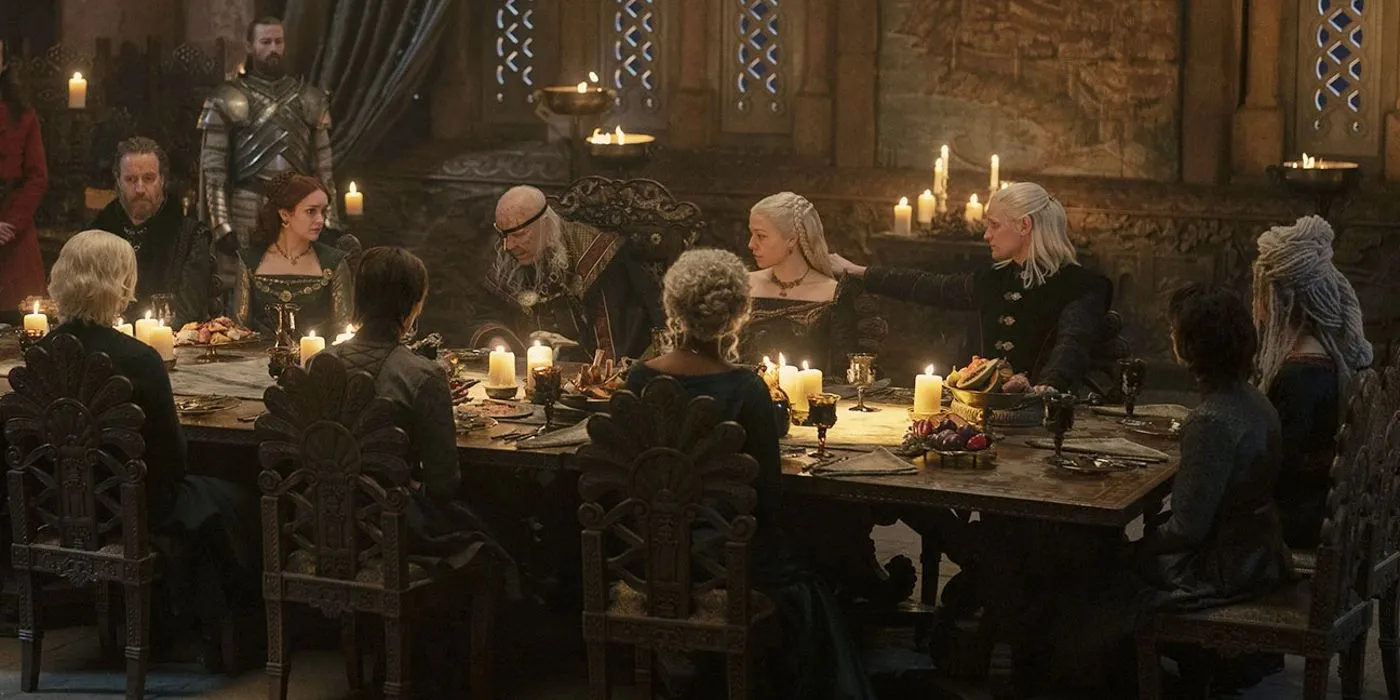
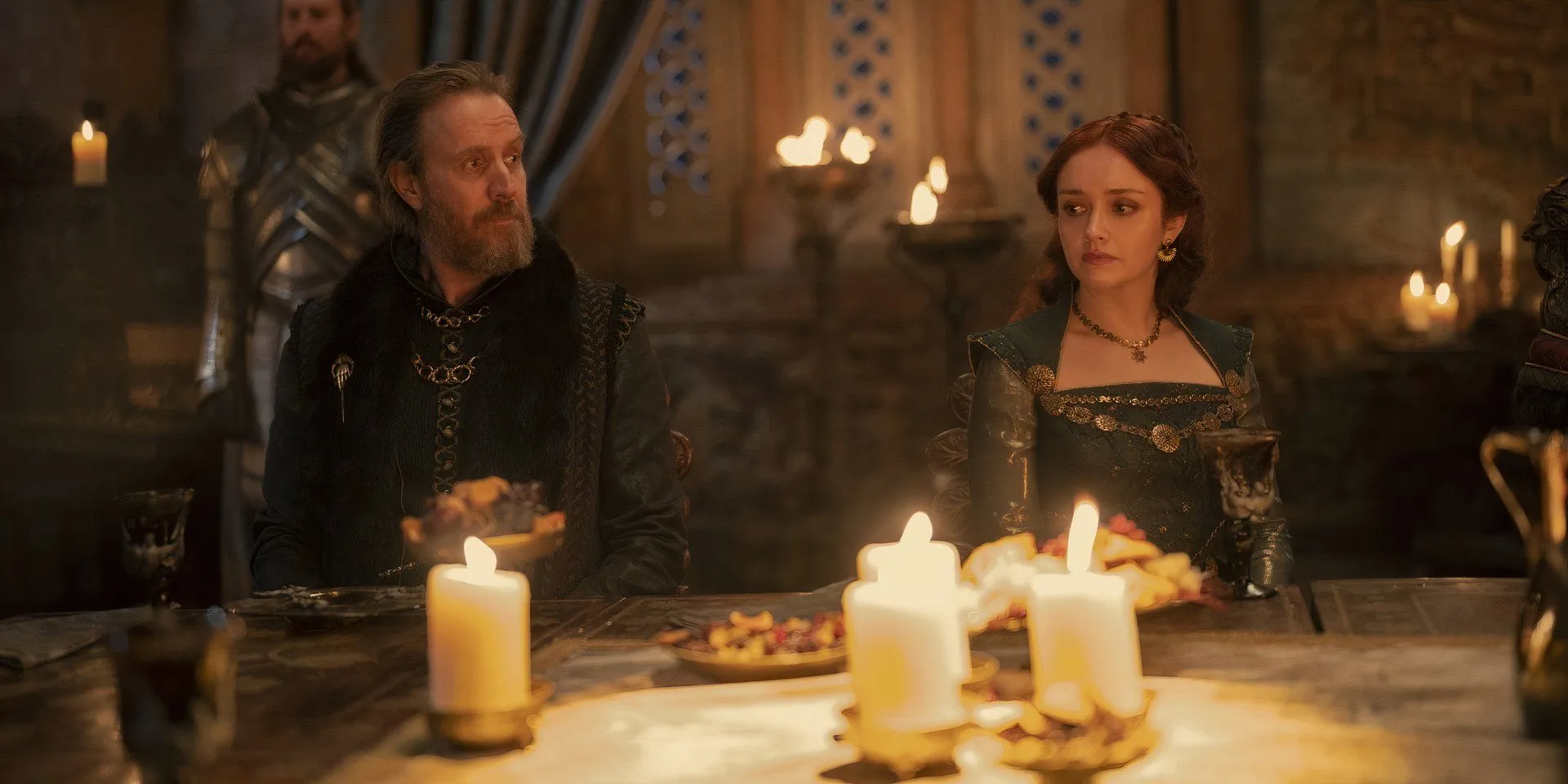

Despite Paddy Considine making a brief return as King Viserys I Targaryen in Season 2, his role was largely limited to fleeting visions seen through Daemon Targaryen’s troubled mind. While some may argue against increasing Viserys’ screen time, his absence was palpably felt. He was one of the standout characters in Season 1, not only for Considine’s compelling portrayal but also for his ability to weave together various characters and storylines.
A prime illustration of Viserys’ impact can be found in the dinner scene from Season 1, Episode 8. For many, this moment remains the pinnacle of the series. It encapsulated humor, profound emotions, and the intricacies of character relationships, all while revolving around Viserys. Much like its predecessor, Game of Thrones, this series thrived on character-driven narratives, particularly in those intimate, dialogue-heavy moments.
Watch the moment here
Watch the moment here
Season 1 excelled because it expertly showcased character dynamics rather than relying solely on dragon sequences. Memorable episodes like the funeral scene on Driftmark and the confrontation over Aemond Targaryen’s eye exemplified this. However, the onset of war fragmented the characters in Season 2, which hindered the narrative’s depth.
According to IMDb ratings, Season 1, Episode 8, “The Lord of the Tides,”remains one of the series’ top-rated episodes with a score of 9.3/10, closely followed by Season 2, Episode 4, “The Red Dragon and the Gold,”at 9.4/10. This speaks volumes about the effectiveness of character-centric storytelling.
While the narrative design necessitates a degree of separation between characters amidst the Targaryen civil war, this approach limits the evolution of character interactions. The thematic depth revolving around miscommunication is significant, but it leaves the series lacking in comparison to its most powerful character-centric moments.
Looking Ahead to Season 3: Potential for Improvement
A Promising Setup for Season 3
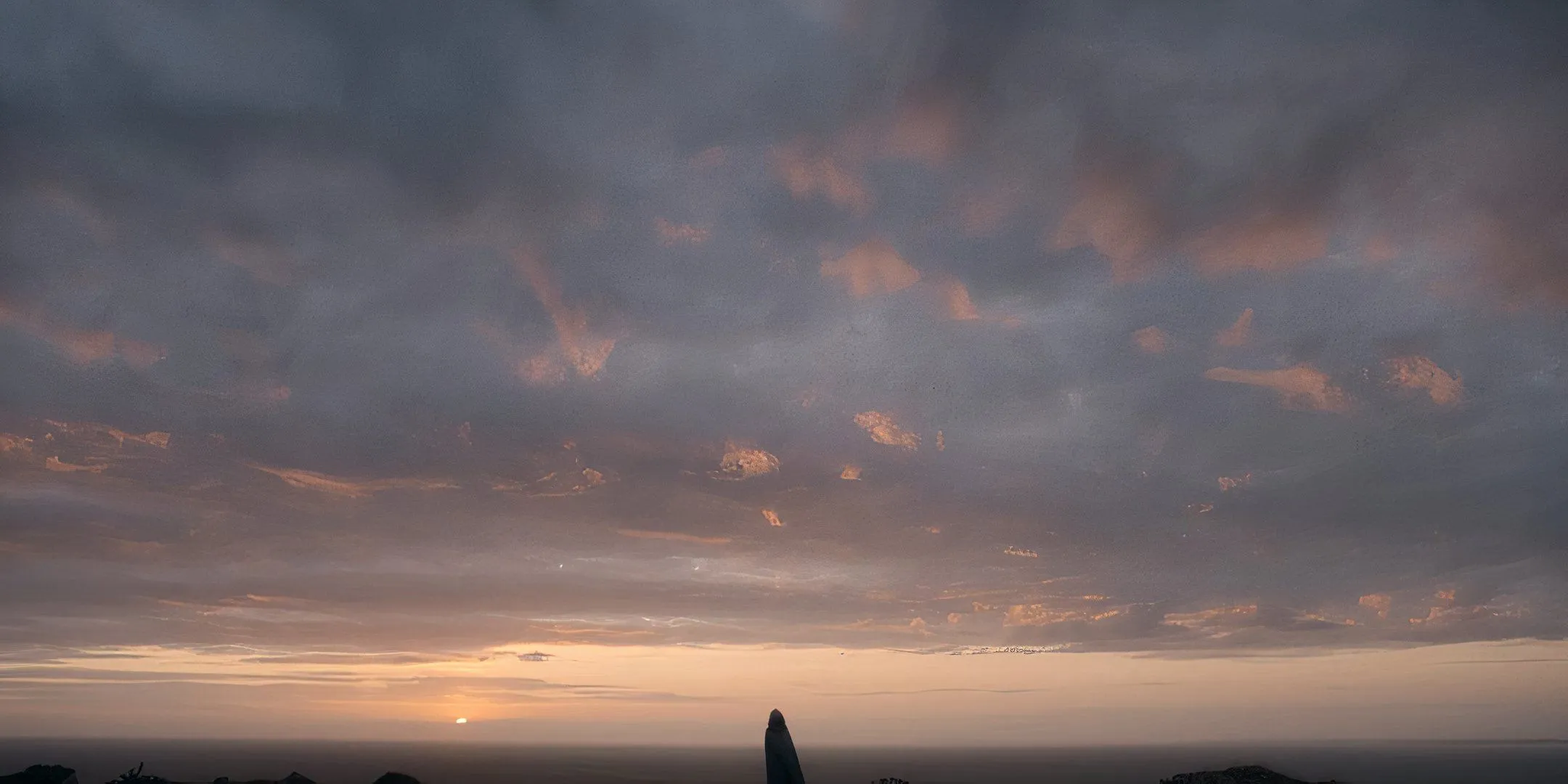
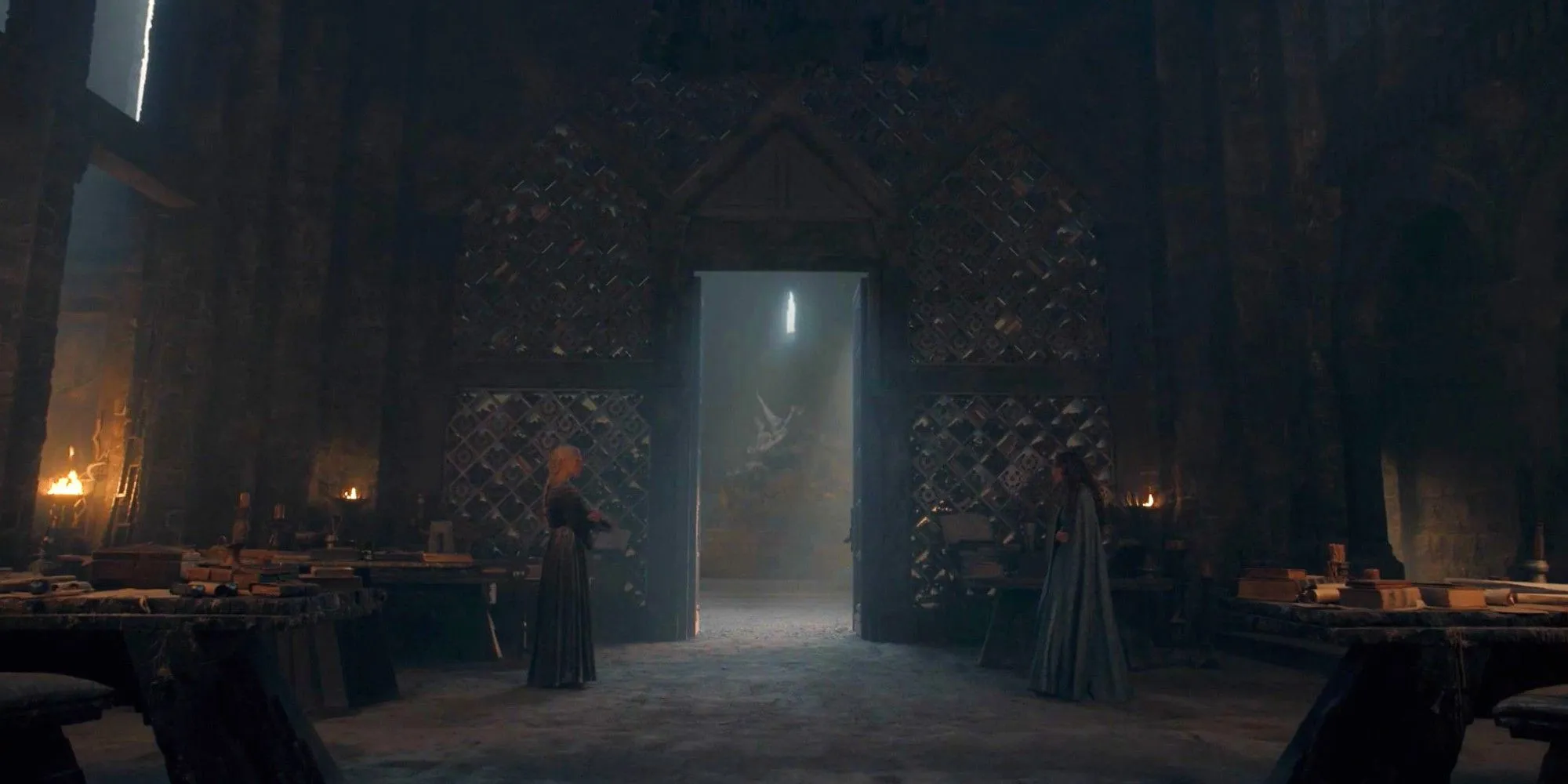
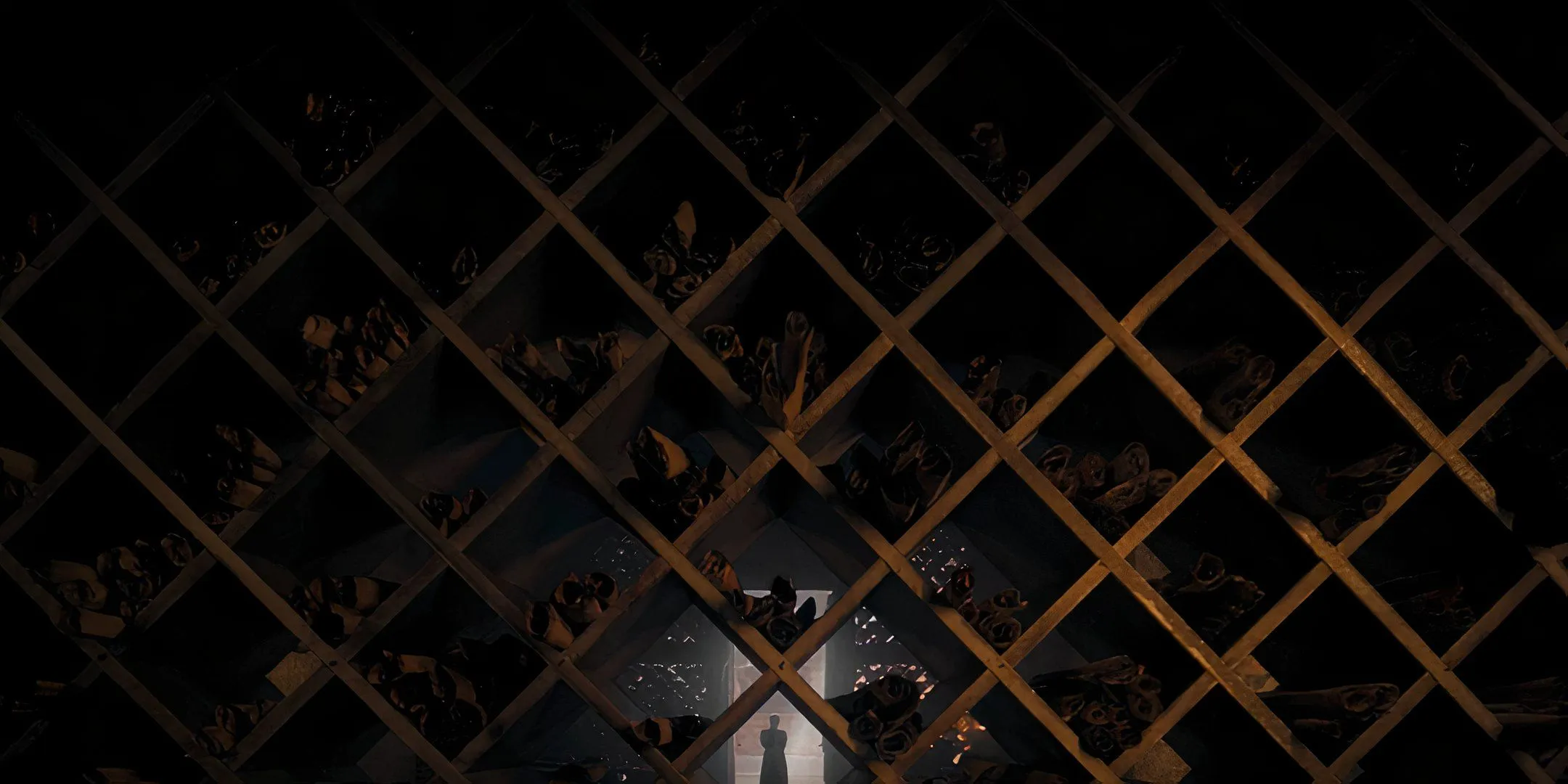
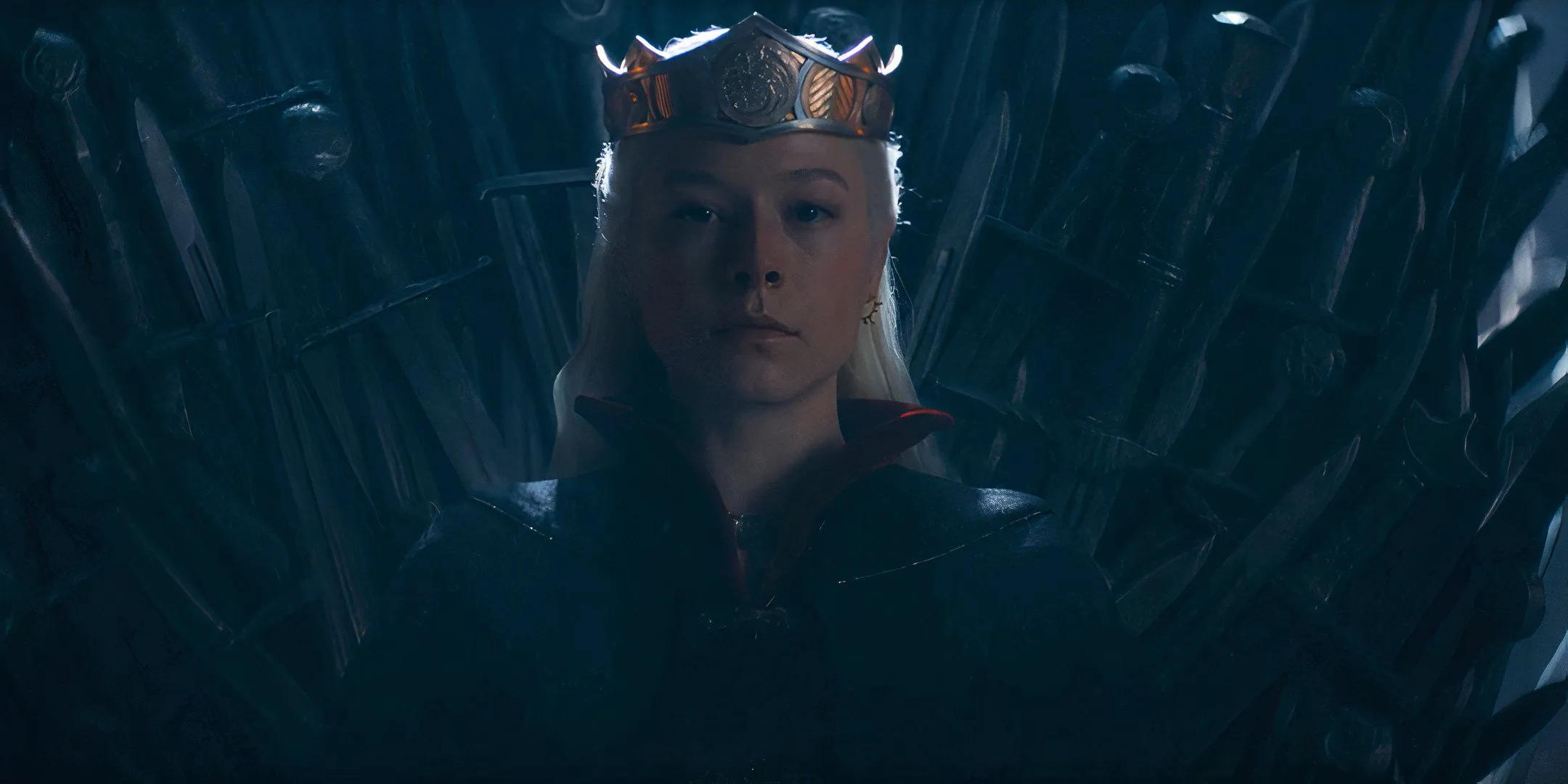
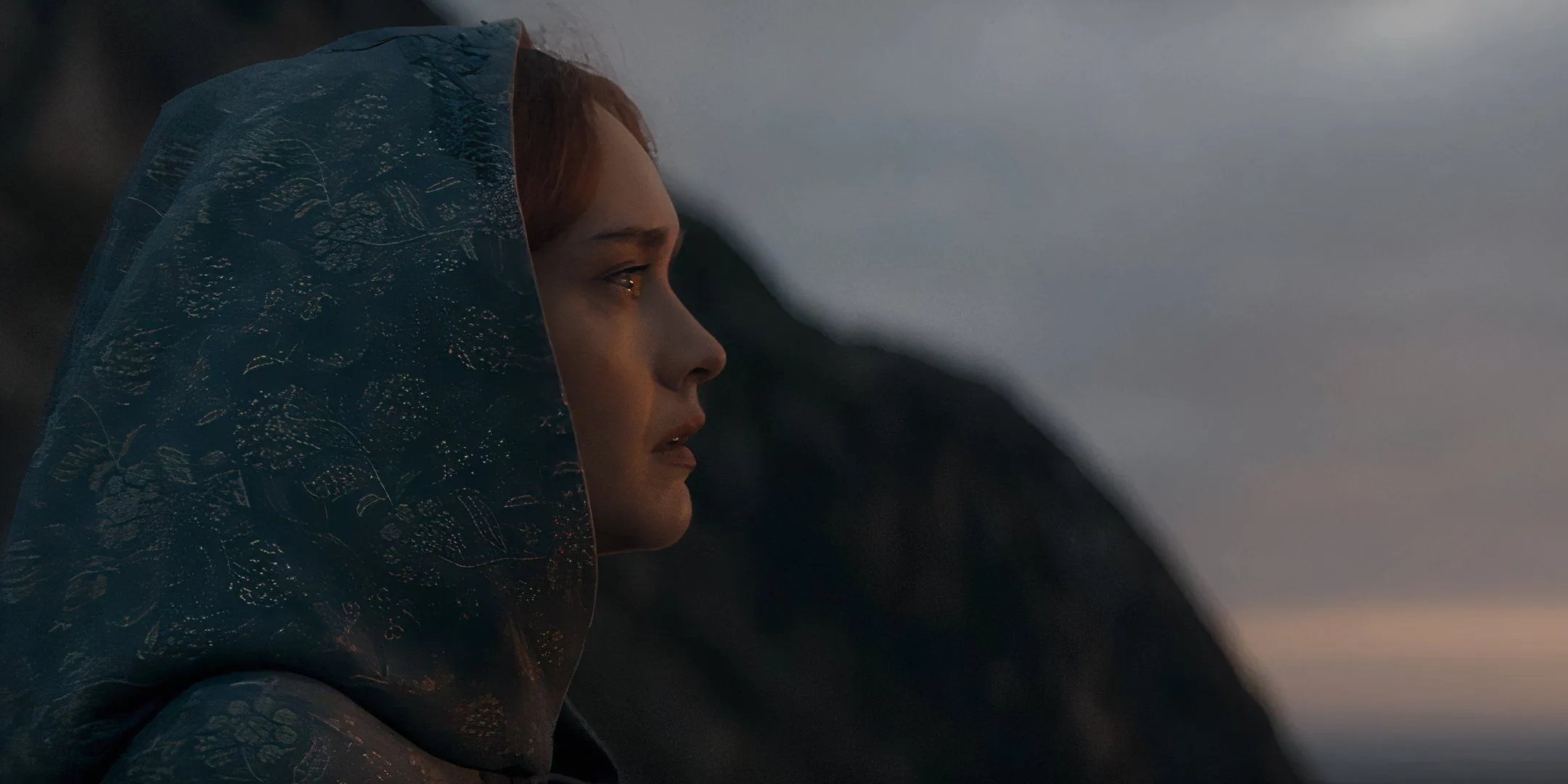
Anticipation for House of the Dragon Season 3 is high, particularly as early indications suggest improvements. While the phrase “the real war starts now”was prominent in discussions surrounding Season 2, the third season has no room for excuses. With ample battles present in the source material, Season 3 is expected to be action-packed while also returning focus to character dynamics.
Scheduled for release on HBO and Max in 2026, Season 3’s filming is expected to commence in Spring 2025, while Season 4 has already been confirmed as the show’s final installment. Encouragingly, the foundation laid for Rhaenyra’s takeover of King’s Landing hints at significant character interactions, especially as she aligns with Daemon once again. This scenario opens the door to reintroducing vital conversations reminiscent of the character-rich moments in Season 1.
The political intrigue, family conflicts, and clandestine discussions have been central to determining the fate of Westeros. As House of the Dragon evolves, the focus should increasingly center on its core characters and the interplay between them. This strategy is essential for maximizing the show’s dramatic storytelling potential.
While not every character may converge in Season 3, with Aegon fleeing and Aemond engaged in battles, the potential for more cohesive character groupings remains. Although it may not recapture the emotional intensity of the dinner table scene, a more frequent and effective collaboration among characters could greatly enhance the overall viewing experience.
Much like its predecessor, Game of Thrones, a robust narrative centered around King’s Landing is crucial for House of the Dragon. The intricate politics and family rivalries that define the series’ essence are where the most impactful storytelling occurs. By prioritizing character interactions, the show has the opportunity to elevate its narrative and delight audiences.




Leave a Reply